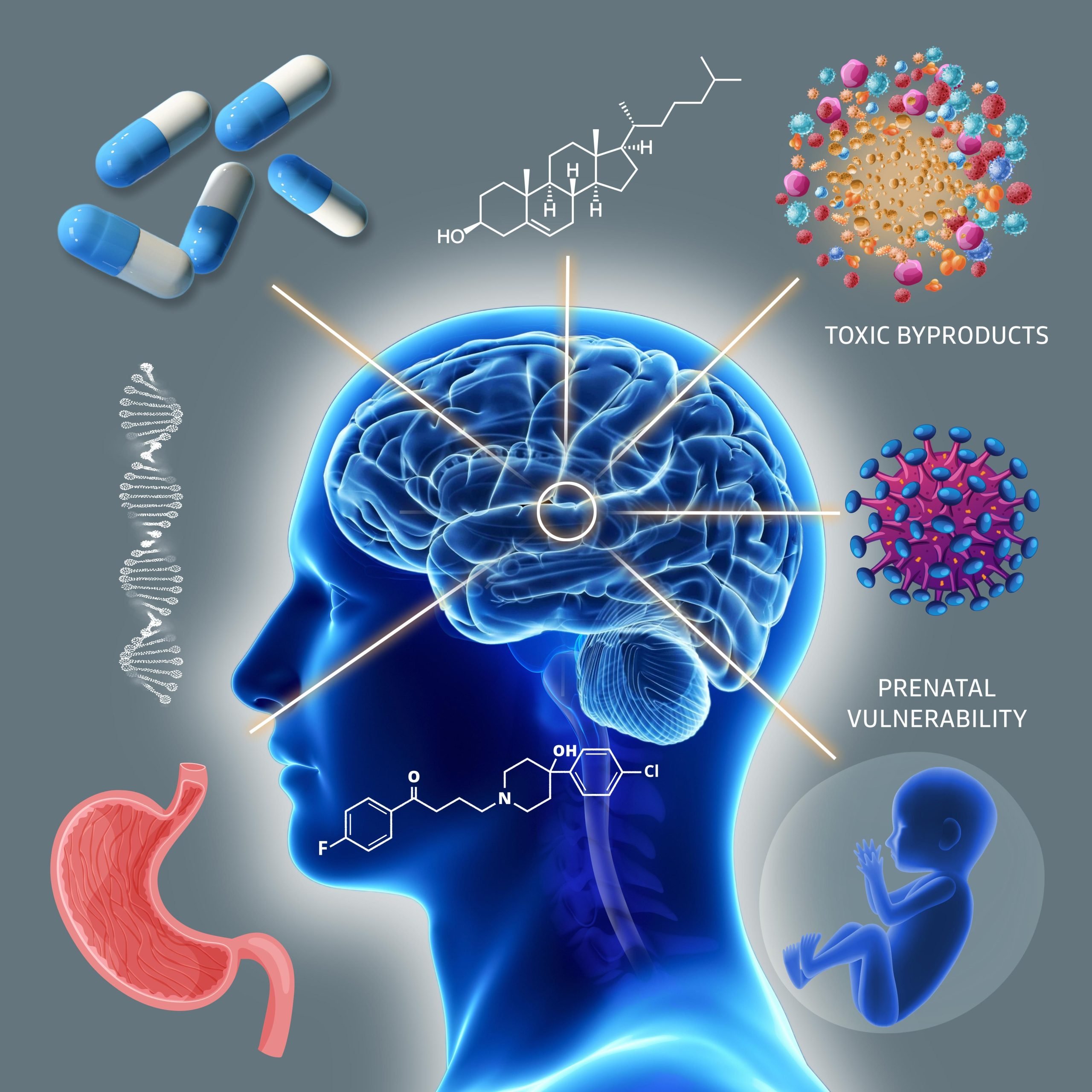Silent Danger: Common Medications Secretly Rewiring Young Minds

In a groundbreaking editorial published in Brain Medicine, researchers are sounding the alarm about a critical yet frequently ignored health risk: the potential neurological damage caused by commonly prescribed medications. The piece urgently calls for comprehensive investigation into how certain drugs may disrupt crucial biological processes, specifically targeting sterol biosynthesis pathways that are fundamental to brain development.
The editorial brings to light a pressing concern that has long remained in the shadows of medical discourse. By challenging the current pharmaceutical landscape, the authors emphasize the need for a more nuanced understanding of drug interactions and their long-term neurological implications. Their research suggests that what might appear as routine medical treatment could potentially have profound and unintended consequences for brain health.
Medical professionals and researchers are now being urged to conduct more rigorous studies to assess the full spectrum of potential neurological impacts. This call to action represents a significant step towards more responsible and holistic medical practices, prioritizing patient safety and comprehensive understanding of pharmaceutical interventions.
